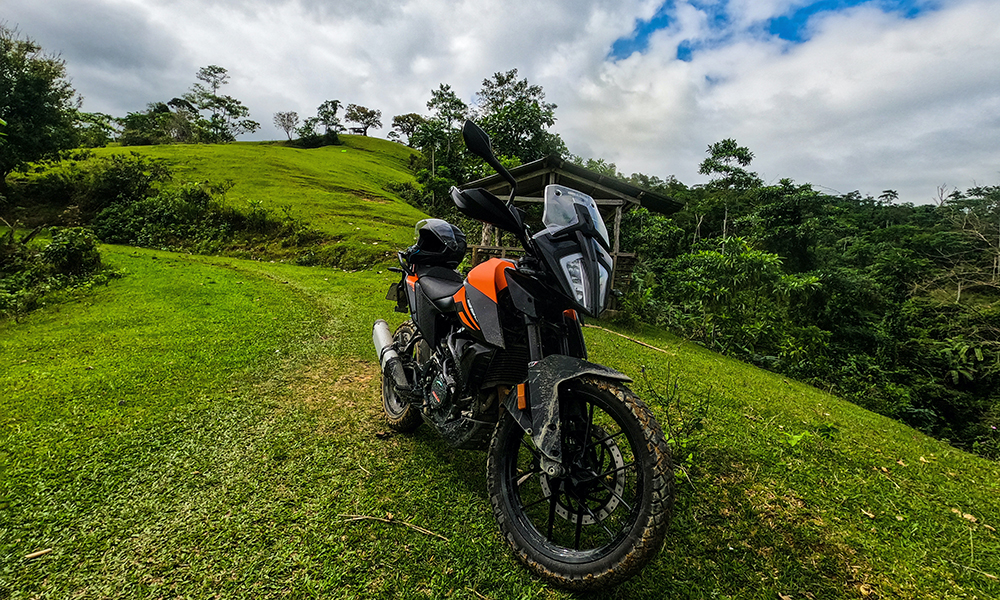
Every month for the past year, I’ve been traveling back and forth between Manila and Marinduque for business. It’s a 400km round trip, plus maybe another 200km within the island if I have enough time to go sightseeing. Half of the time it has been on a motorcycle, and though it’s not as comfortable or safe as a car, I enjoy it because the trip is like watching an IMAX movie play out before my eyes and I have complete control over what happens.
Well, not that complete. Motorcycle riding is an inherently dangerous activity. Coupled with the dozens of things that could go wrong during a ride, it takes a proactive mindset to get through the day without ending up a frazzled mess of nerves.
I’ve often been asked by my friends how I get through it without so much as a scratch, and at the risk of jinxing my safety streak (knock on wood), here’s the short list.
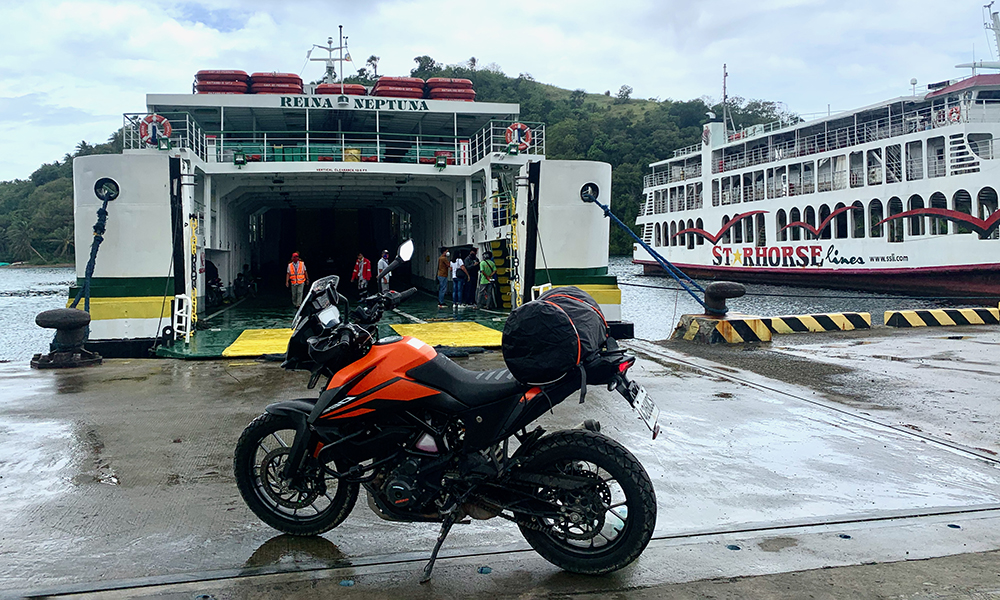
Pack properly. Assuming your bike is already prepped for the trip, pack your bags and/or panniers with the heaviest items at the bottom and the lighter ones up top. This helps keep your center of gravity low, ensuring your bike will handle well. Use a rain cover even if the forecast is sunny, because you never know when it will suddenly pour. Aside from your saddle bag’s included straps, use several bungee cords to secure everything.
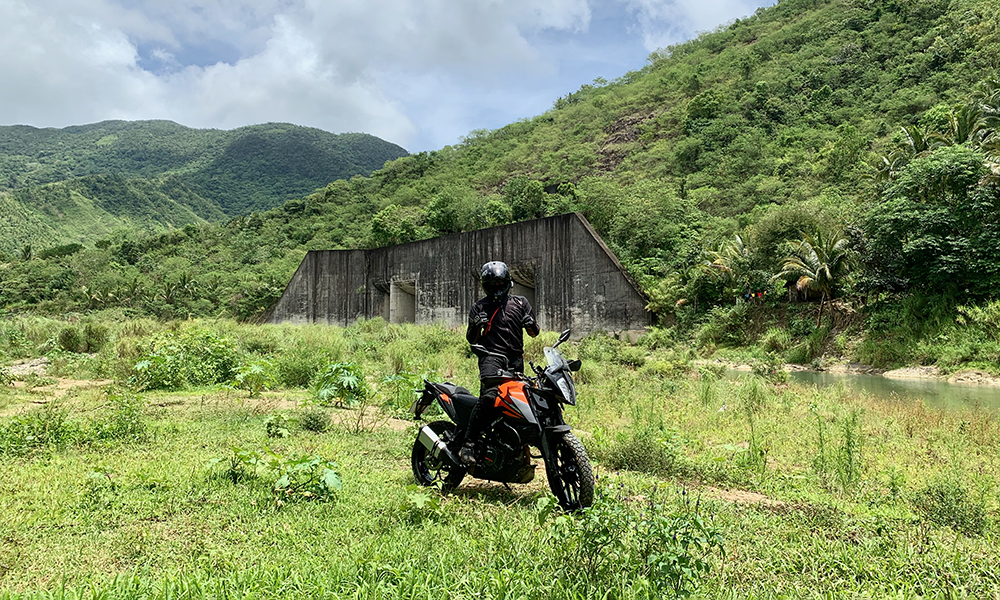
Study your route beforehand. Even if you have a GPS device, it’s good to commit your route to memory so you have one less item to be distracted with as you ride. GPS systems can fail at the worst times, so old-fashioned navigation by memory will keep you out of trouble.
Never explore gnarly, untested routes alone. It’s tempting to take your bike onto a trail alone, but if it’s too technical and you end up pinned underneath your bike and injured, good luck calling for help. The most you should do is explore some well-traveled trails where the local barangay is just a few kilometers away. It’s also a good idea to let the locals know what your intentions are.
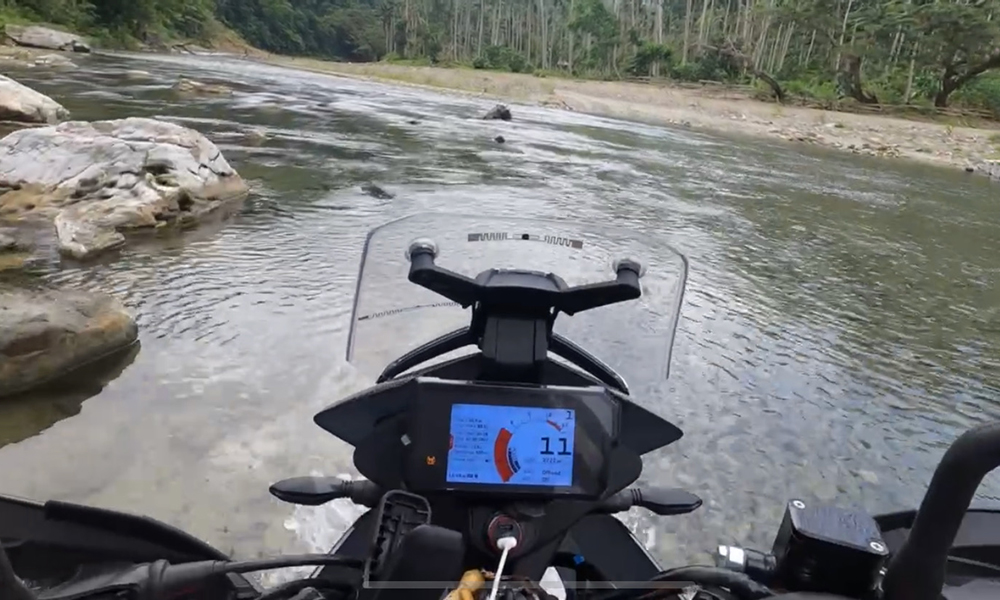
Walk the sketchy segments first before you commit the bike. If you’re on a trail, chances are you will encounter river crossings and especially muddy areas. Wade in the river or stream first to check how deep and slippery it is. Water above the knees is a no-go for me when solo-riding, and even shallow crossings can be tricky if the tires are slipping. The only thing worse than a bike stuck in mud is a bike that’s stuck in the middle of a river. When in doubt, there’s no shame in turning around.
Go fast enough to cover ground quickly, but not so fast that you can’t stop quickly, too. It is extremely tempting to ride at the speed of heat, but on the national highway and the provincial backroads, that’s asking for trouble. Animals will suddenly cross, vehicles will counterflow or suddenly brake in front of you, and all sorts of potential disasters. I can’t count how many times my antilock brakes have kept me from an unwanted trip to the hospital. What if your bike doesn’t have ABS? Go even slower.
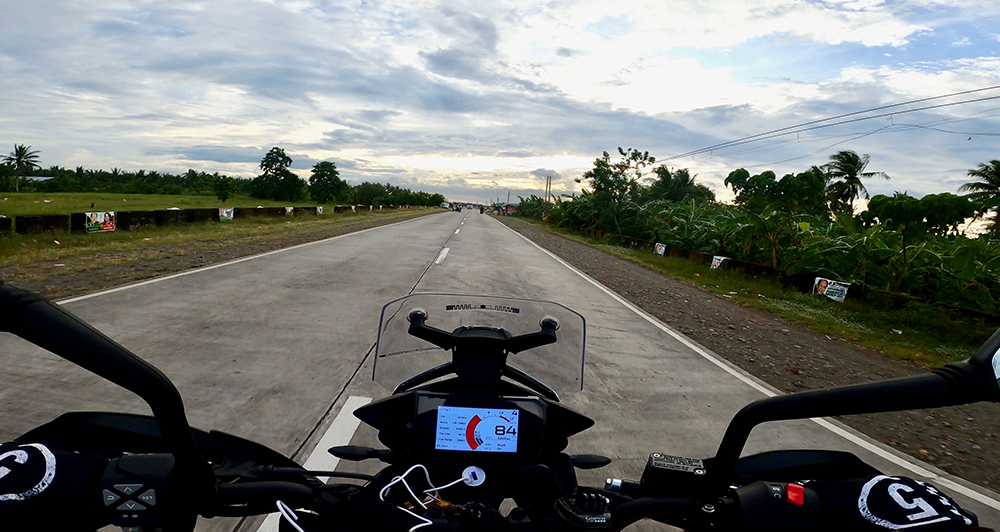
Pay attention to proper posture, and don’t forget to stretch. Without a backrest to support you, riding for extended periods of time can be tough on the lower back. It’s tempting to slouch if you’re on an adventure or touring bike, but keep your back straight and you’ll be more comfortable in the long run. If you’re on a sport bike, though, you will need to stop and stretch every 45-60 minutes to relieve your wrists. Whatever kind of bike you ride, though, some gym time two to three times a week to strengthen your core is time well spent.
Get into that “flow” state. It’s so important to be mentally and physically focused on the ride, but also in a relaxed and fluid state of mind. When you’re just “flowing” along the ride, gear changes, throttle application, lane changes…everything is all part of a smooth and coordinated movement. You’re not speeding up and slowing down in an exhausting and fuel-wasting manner. I find that listening to music over my helmet comm system helps, but even when I don’t have the latter, I still play music in my head.
Plan your ride so the riskiest parts are done during the day. Even though traffic can be lighter in the evening, the risk factor is much higher even if your bike is lit up like a Christmas tree. Plan your departure and arrival time well.
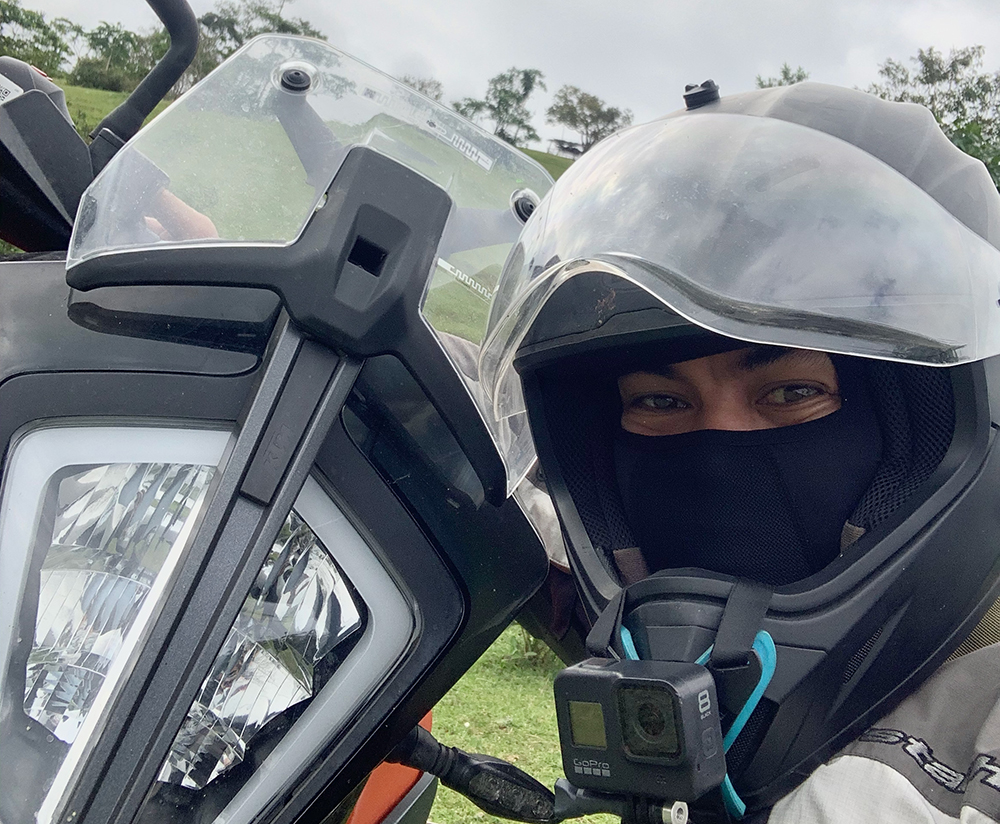
Rest as much as you need to stay 100% focused. Whether it’s every 45, 60 or 90 minutes, don’t feel pressured to keep riding even if your mind and body are screaming for a break. Fatigue leads to bad decisions, and bad decisions lead to accidents.
Check in at regular intervals. Whether it’s your spouse, your partner or an immediate family member, always let at least one person know your general whereabouts as you progress along the route. Your smartphone should have a tracking function, so keep it on unless your name is Jason Bourne.
Done prudently and proactively, motorcycle touring is a great way to get around the Philippines on the cheap. Ride with a safety-first mindset and you won’t end up in our next viral video.


0 Comments